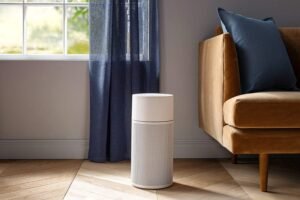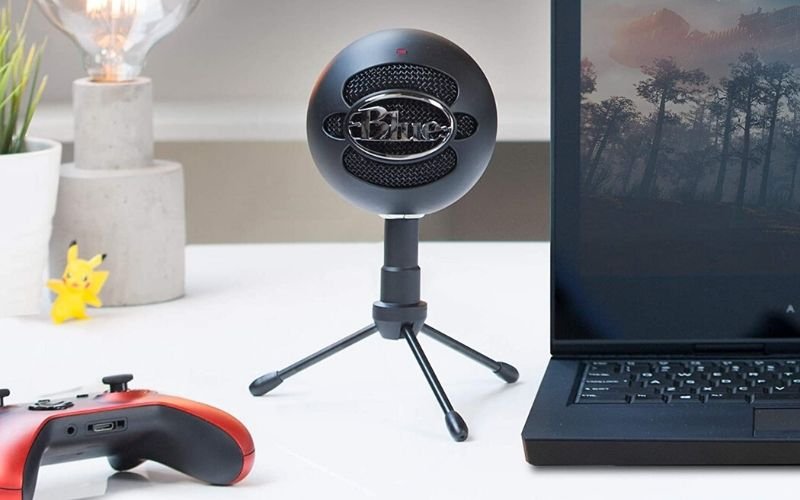
This is the review of the comparison between two microphones from the same brand the Blue. The comparison here is between the Blue Yeti and the Blue Snowball iCE. There is a great difference in their price range currently and also in their features. To know which one satisfies your need and which one is good for you to buy, go to the detailed review.
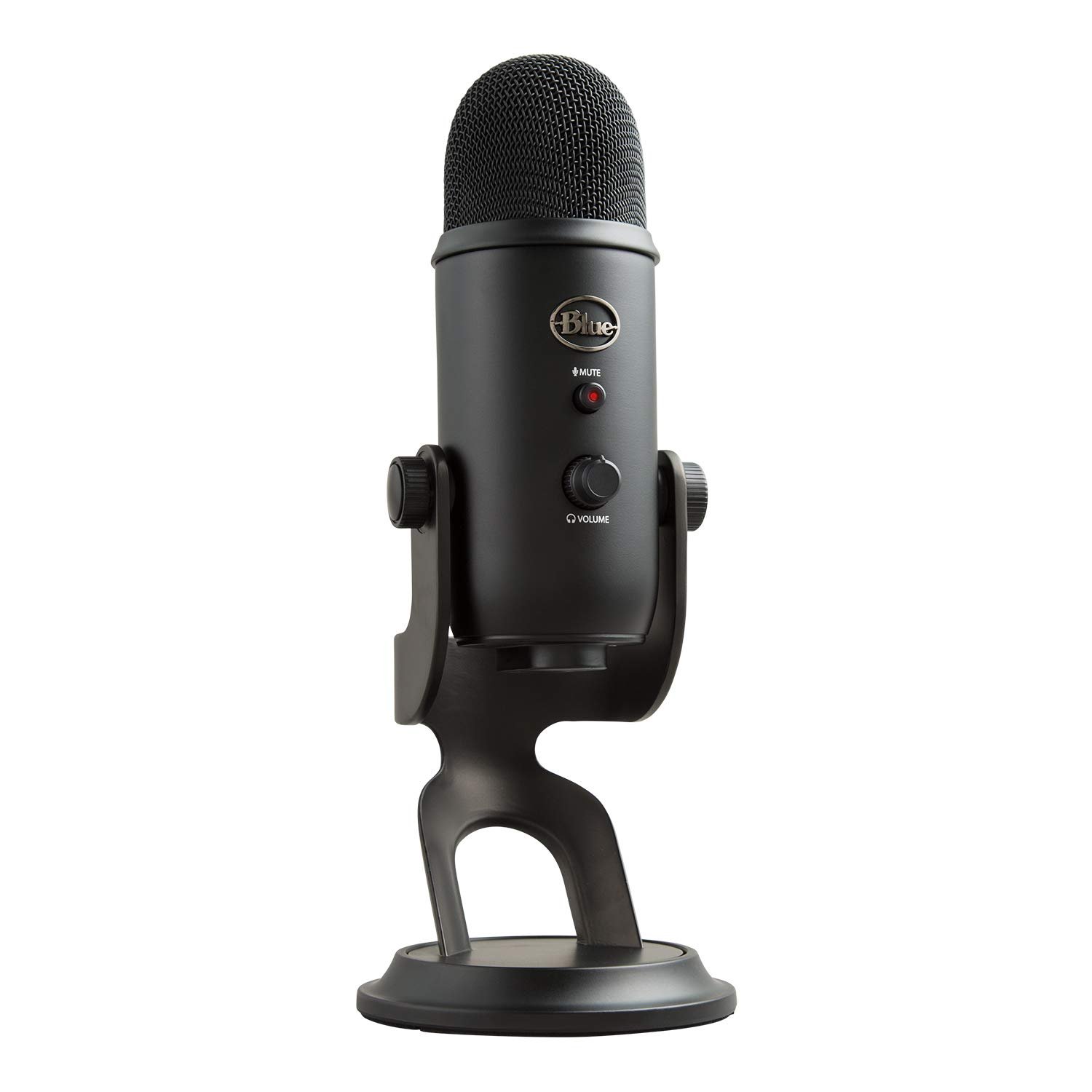 | 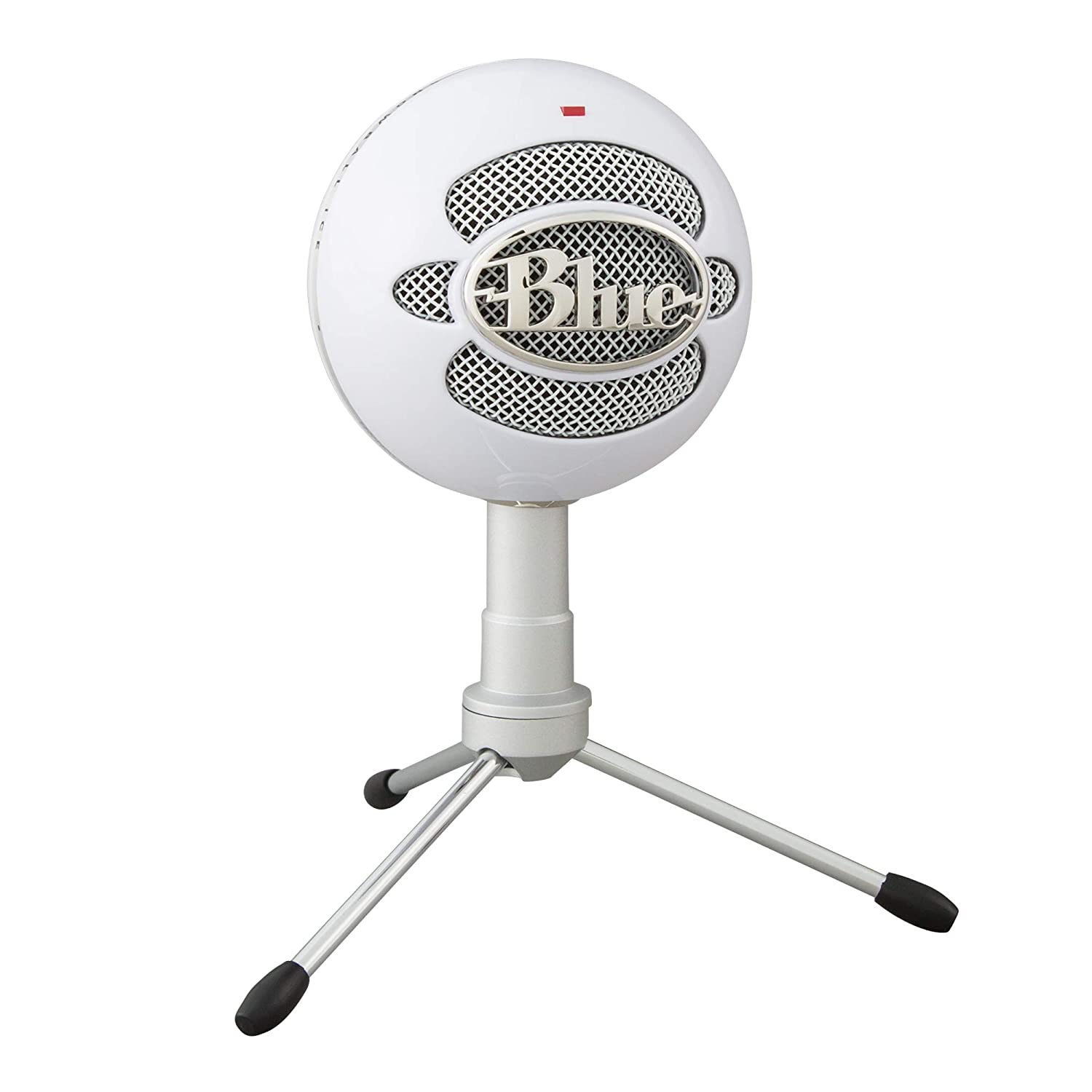 |
| Blue Yeti | Blue Snowball iCE |
| BUY NOW | BUY NOW |
| PROS | PROS |
| Multiple recording patterns. THX-certified sound quality. Record directly to your PC without an audio interface. Fantastic for the price. | Delivers crisp audio in a cardioid recording pattern. Small enough to toss in a backpack. A significant improvement on a computer microphone. |
| CONS | CONS |
| No multi-head setup. The wobbly plastic knobs make us wary about durability. No XLR output on the standard version. | Lacks low and top-end, and is mainly mid-frequencies. Just one polar pattern. Mic stand doesn’t angle high enough for proper mouth alignment. |
SPECIFICATIONS:
| HEADER | BLUE YETI | BLUE SNOWBALL ICE |
| Brand | Blue Microphones | Blue Microphones |
| Product Line | Blue Microphones Yeti | Blue Microphones Snowball |
| Model | iCE | |
| GENERAL | BLUE YETI | BLUE SNOWBALL ICE |
| Manufacturer | Logitech | Logitech |
| Recommended Use | Professional audio – instrument, vocal, voice, recording | computer |
| MICROPHONE | BLUE YETI | BLUE SNOWBALL ICE |
| Microphone Technology | electret condenser | electret condenser |
| Microphone Operation Mode | cardioid / omni-directional / bi-directional (switchable), stereo | cardioid |
| Sensitivity | ||
| Microphone Power Source Voultage (DC) | ||
| Frequency Response | 20 Hz | |
| Signal-To-Noise Ratio | 120 db | |
| Total Harmonic Distortion (THD) | 0.5% | |
| Max Sound Pressure | 120 db | |
| Audio Input Details | Cardioid / omni-directional / bi-directional (switchable) – 20 – 20000 Hz | |
| Connectivity Technology | Wired | Wired |
| AUDIO SYSTEM | BLUE YETI | BLUE SNOWBALL ICE |
| Type | Microphone | Microphone |
| Recommended Use | Professional audio | computer |
| Specific Applications | Instrument, recording, vocal, and voice | |
| Additional Functions | Amplifier | |
| Controls | Mute, volume | |
| DIMENSIONS & WEIGHT | BLUE YETI | BLUE SNOWBALL ICE |
| Component | microphone, microphone stand | |
| Width | 4.7 in | 5.50 in |
| Depth | 4.9 in | 9.10 in |
| Height | 11.6 in | 10.60 in |
| Weight | 19.4 oz, 2.2 lbs | 1.02 lbs |
| FEATURES | BLUE YETI | BLUE SNOWBALL ICE |
| Features | Tri-capsule Array – 3 Condenser Capsules Can Record Almost Any Situation. Multiple Pattern Selection – Cardioid, Bidirectional, Omnidirectional & Stereo. Gain Control, Mute Button, Zero-latency Headphone Output. Perfect for vocals, musical instruments, podcasting / Podcasts, voiceovers, interviews, field recordings, conference calls, streaming, gaming, and gaming commentary. Plug and play – Mac OS X (10.4.11 or Higher) and PC (Windows 8.1, 8, 7, Vista, XP). | Custom condenser capsule offers crystal clear audio. Easy plug’n play directly to Mac or PC – no drivers to install. Adjustable desktop mic stand and USB cable. From desktop to laptop to iPad (with Apple’s iPad Camera Connection Kit). Adds HD audio to recordings for YouTube, SoundCloud or Myspace. Improves audio quality on Skype, Windows Live, Google Talk, Yahoo! Messenger. Records instruments, vocals or bands. Creates podcasts and adds narration to your home movies. |
Detail Review:
INTRODUCTION:
Blue Yeti
Even though the Yeti isn’t the newest or the flashiest mic, it’s still one of the best general used microphones for the money. This microphone is retailing for around a hundred and twenty-eight dollars. This microphone is definitely in the higher price range but they do have many features for the price.
Blue Snowball iCE
The Blue Snowball iCE is just like another version of the Blue Snowball. If you’re only going to do voiceovers, or vocals, or one instrument and you wanna save that extra twenty dollars, then the iCE is the way to go. This microphone is very similar to the regular Snowball, they’re both USB, and they both pick up cardioid. This microphone is retailing for around fifty dollars.
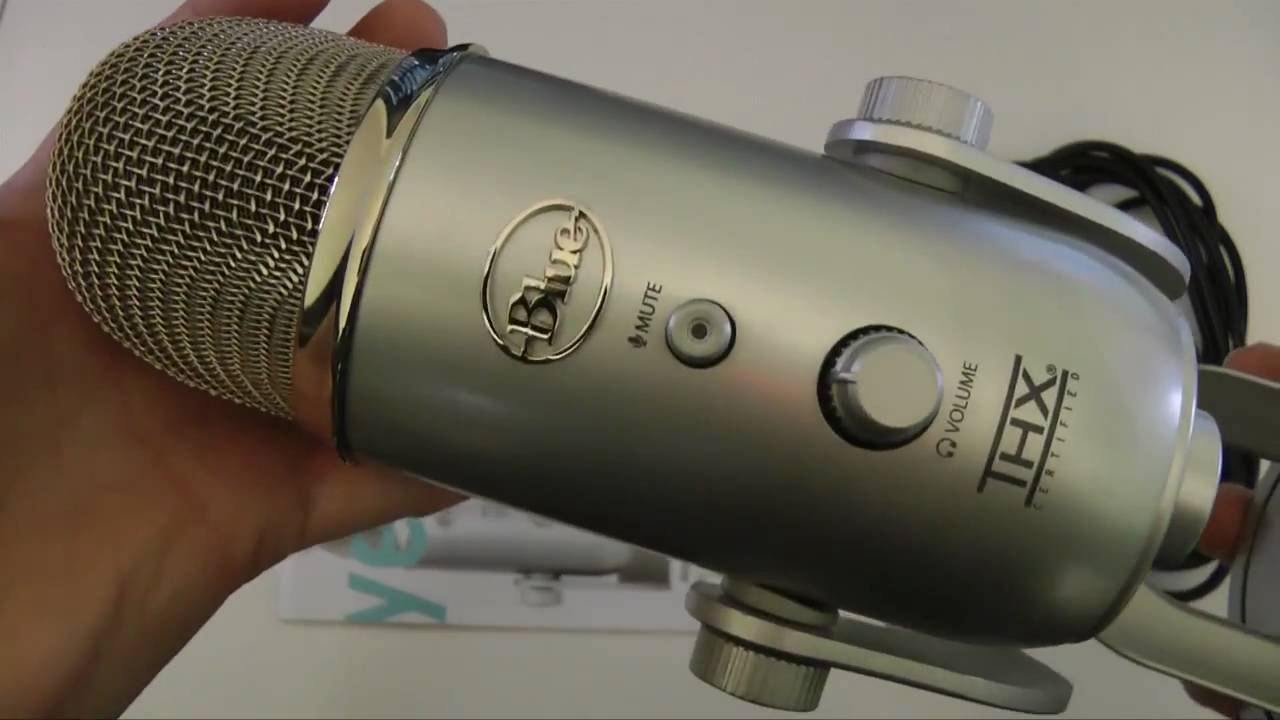
DESIGN:
Blue Yeti
In the front of the mic, you have the Blue logo and exactly below it, there is a mute button along with a LED that lets you know when it is muted and unmuted. Also, in the front of the mic, there is a volume knob to control the volume on your headphones. On the back of the microphone is where there is going to be your gain knob. The going knob is going to control the preamps and the microphone, and how much noise it should record. Also, in the back of the microphone, you have your polar pattern dial to select the polar pattern which you want to use.
This microphone is made with three condenser capsules which are placed underneath the microphone. Because this microphone has three condenser capsules, it allows you to use four modes of polar patterns. On the bottom of the microphone is where you have got two ports one micro-USB port to connect to your computer and the other port is your headphone jack.
Blue Snowball iCE
We do get standard threading to be able to connect a different mic stand, or just to connect the one that comes with it, so having the tripod that’s gonna help you on the budget. This microphone is a condenser microphone with only one condenser capsule, the regular snowball has two condenser capsules and the Yeti has three. They are like small microphones that are gonna pick a pattern from different places, so that’s why the iCE only having one, could only pick up sound from in front of the mic.
At the back of the microphone, we have the USB Type-B port, and the good thing has you ever need to replace this cable, you can always use what’s commonly known as a printer cable. In front of the mic, we have the LED indicator which is gonna let you know when your microphone is on. The microphone stands on a ball, that’s gonna let you rotate it forward or backward, it does not go side to side. We do get the branding all around the microphone head.
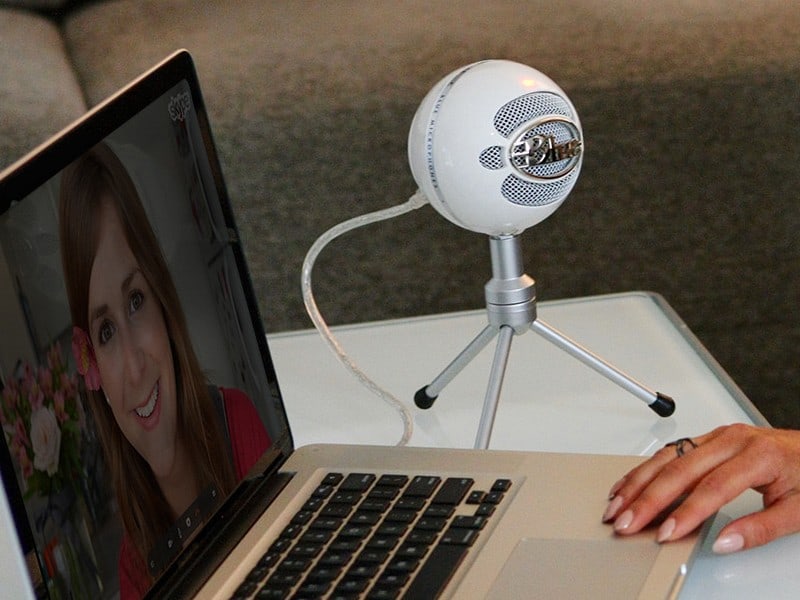
FEATURES:
Blue Yeti
The build quality actually relates heavily to the audio quality of this mic. It’s a USB microphone, so no audio interface or really any other accompanying audio tech. It’s just gonna be this mic plugged straight into your computer, that’s why this mic is the best general microphone for the price. There are other mics around this price point that are designed to work with audio interfaces, that are gonna sound better for the same price but they also require more knowledge for working with the audio tech.
The build of this guy is nice especially, in the black colorway. It is most definitely built better than the Snowball, it’s also bigger than you’d expect. Before I unboxed this microphone itself I was surprised how big and heavy this mic actually is. There are many microphones in the market which don’t have the gain dial in the mic itself and you need to download the software for that purpose but in this microphone, you have the gain dial in the mic itself which is really nice to have.
Blue Snowball iCE
The Blue Snowball iCE is the best starter microphone for beginning YouTubers, podcasters, filmmakers but there’s is something you need to know in order to get this microphone to sound the best it can. That is about 6 inches is the best distance to keep between your mouth and the mic but after you achieve that distance, you’re not going to want to talk directly into the microphone because of accidentally breathing into the microphone. So rotate the microphone about 45 degrees either to the left or right, and just this alone will make your recording sound a lot better.
In the box, you get a USB cable which on one side is USB and then the other side is USB Type-B which would be the same as a printer cable, we also get the manual, and the tripod which is a plus and the most important if we get the microphone.
The only difference with the Snowball that it can also pick up patterns omnidirectional. The microphone itself does feel very sturdy, both the Snowball iCE and the regular Snowball have a recording resolution of 44.1 kilohertz at sixteen bit compared to the Yeti at 48 kilohertz at sixteen-bit, and at that resolution, we do get a great sound. This microphone is a plug-and-play, which means that you won’t need any drivers to get it going. The only thing you need to do is just plug it into your computer or laptop, and you’re ready to go.
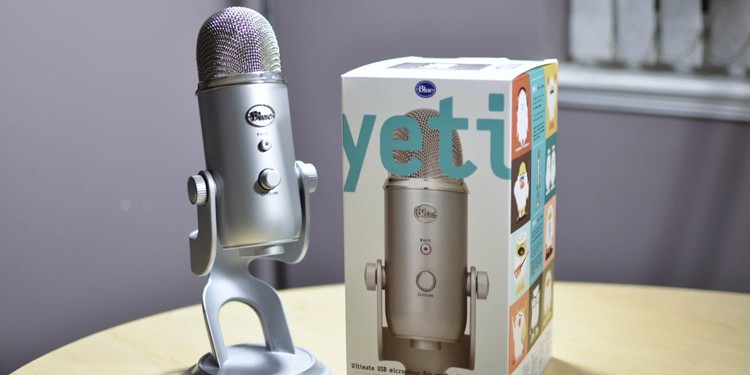
PERFORMANCE:
Blue Yeti
The Yeti does give you good sound quality, but I wouldn’t recommend it as your first mic and instead, as an upgrade, and as an upgrade, it’s going to be more of an incremental improvement than overall. You do get four polar patterns cardioid, stereo, omnidirectional, and bi-directional, and all of these patterns perform well for the price. It is nice to get all these performances from only one mic.
Blue Snowball iCE
This microphone really sounds good with the cardioid pattern. If you want to avoid any peep sounds, pops, or wind sound that might be created with your mouth, it’s good that you add a pop filter because if you don’t, you might sound bad. Still, the microphone does really well without the pop filter but if you want to be more secure, adding the pop filter is the way to go. Overall this is a great USB microphone you get great quality sound for the price.
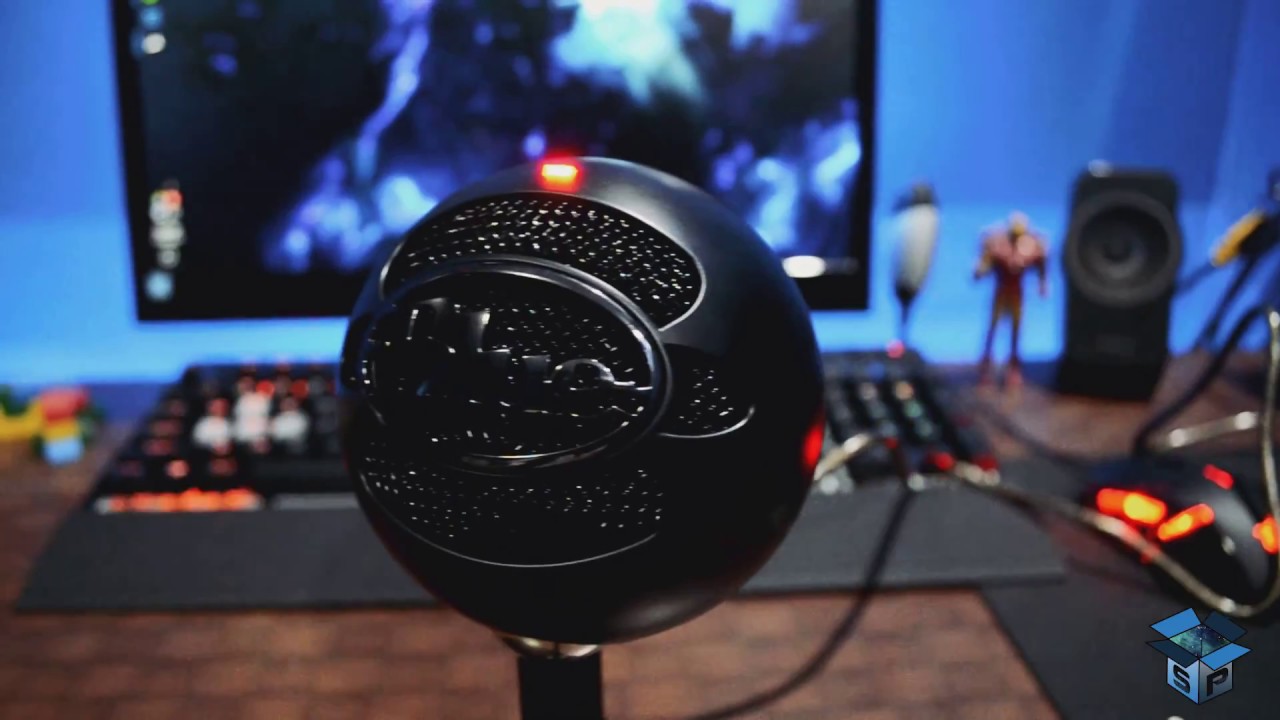
WHICH ONE IS FOR YOU?
In my opinion, both of these microphones are really good for you but still, at last, you need to choose one out of this. In this case, you need to choose the one which satisfies your need. You can choose the one for you in this way:
- The Blue Snowball iCE is good for you than the yeti if you want a low budgeted microphone which sounds good, and also if you need a cardioid polar pattern only for streaming, podcasting, etc because the Yeti does not sound twice as good as the Snowball even though it’s twice as much money.
- The Blue Yeti is good for you than the Snowball iCE if you want a single microphone with four polar patterns because the Snowball iCE has only one polar pattern that is the cardioid pattern while the Yeti has a stereo, bi-directional, omnidirectional, and also, cardioid.
Expert Reviews of Blue Yeti:
By Podcastinsights
Even though the Blue Yeti tends to be popular with beginners (it was the first external microphone I bought), I find that it performs much better in the hands of someone slightly more experienced with audio recording.By TechRadar
The Blue Yeti is a great option for anyone who just wants to plug in and play without spending hours tweaking audio settings.By cnet
The Yeti is one of the richest sounding, sonically flexible USB microphones money can buy, but its large size makes it inconvenient for portable applications.By MusicRadar
For podcasting, streaming, and video conferencing, the Blue Yeti is still as simple and easy to use as ever. Highly recommended.By the podcast host
I think it’s a great option for someone looking for a simple set-up, but also a decent level of sound quality. The Yeti certainly sounds better than its little brother, the Blue Snowball, which is another popular starter microphone.Expert Reviews of Blue Snowball iCE:
By OldTimemusic
Blue announced this mic as being better than your computer mic. It would be very difficult to be worse, wouldn’t it? Yes, it has Blue’s reliability. Yes, it has…By PCMag
Is the Snowball Ice the best-sounding mic on the market? No. Only being 44.1kHz/16 bit does limit its sonic capabilities somewhat. And some users might miss the more or less standard (for USB mics) gain knob and headphone jack. But for $50 we’re willing to let a lot slide, and for most vocal applications, it’s more than suitable. It’s simple, and the lack of DSP means a leaner, more pure signal than you’ll get from some gaming-oriented USB mics.By Tom’s Hardware
The Blue Snowball iCE is an excellent way to get into vocal recording or streaming if you can get used to its quirks.By microphonegeeks.com
Blue Snowball iCE is a stylish, entry USB mic with an attractive price tag. Unlike the similar-shaped Samson Meteorite, it is not as blatantly hot and it has a detachable USB cable with…By Forbes
Loyal readers may know that I’m a big fan of USB Microphones. For two-way video chats and podcasting they’re absolutely brilliant. USB Mics…




